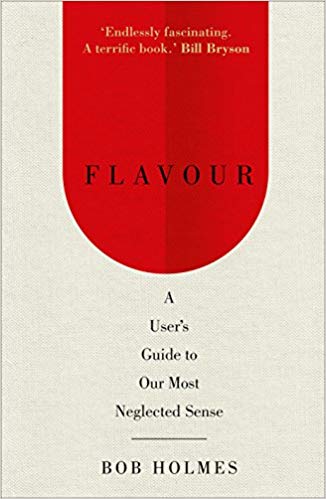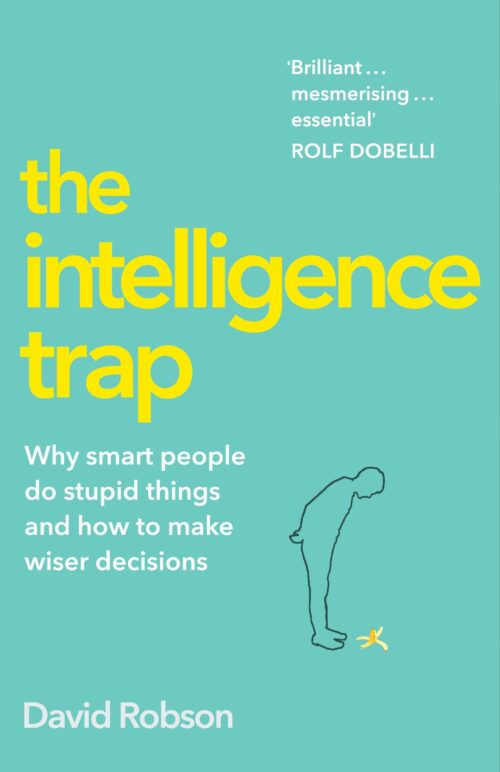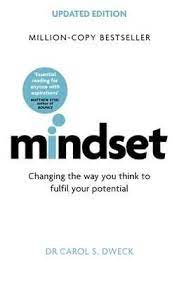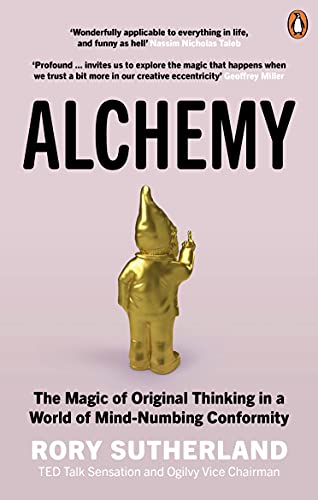Have you ever wondered why some of your family load up on brussel sprouts on Christmas Day and some avoid them? Flavour: A User’s Guide to Our Most Neglected Sense by Bob Holmes offers some answers and an entertaining read for anyone interested in the science of food. [One potential solution to the sprout “challenge” lies in why beer and salted peanuts go together.]
Bob Holmes starts with the fundamentals of taste, and its purpose which is to help us know what is good to eat and what is not. He points to the roles of each of the basic tastes and how they help us manage our intake of food and drink:
- Sweet tastes signal sugar and calories
- Salty tastes come from electrolytes which help us regulate our body functions
- Umami (the Japanese savoury taste) is triggered by amino acids (i.e., protein)
- Bitter tastes are associated with toxins and poisons
- Sour tastes flag spoiled food and unripe, indigestible fruit
As adults, we can learn to over-ride our instinctive aversion to bitter and sour tastes (think of coffee, hoppy beer, sprouts and sour candy), when it becomes associated with other positive aspects of consumption. This also shows the influence of culture on “taste”, demonstrated clearly in the differing importance of umami in Western and Asian cultures.
All these basic tastes are important to humankind’s success, and other animals often have different taste priorities (for example, it’s believed that cats can’t taste sweetness). Some recent research indicates that there may be more basic tastes such as fat, calcium and carbon dioxide.
“Taste” and “flavor” are often interchanged, and some cultures use the same word, but are often differentiated between the tastes from the tongue’s contact with food and those that come from smell via the nose. Both taste and smell contribute to flavor, but they work differently. Taste is an analytic sense, and we can break down the taste of foods into component parts (something can be both bitter and sweet).
Smell is a synthetic sense, assembling the individual component parts into a single unified perception. When you combine fruity, caramel and violet compounds you don’t smell them individually but most likely as “pineapple”. This may partly be a limitation of language and a lack of vocabulary to describe the number of potential smells. There is also a strong cultural element to the way that smells are classified in language.
Smell is also important to our social interactions, although we don’t always realise quite how important it is. I was intrigued by one experiment that watched people’s behaviour after shaking hands (we all smell our hands surreptitiously). This reminds me of the myth that Eskimos rub noses to greet (in fact they are smelling one another).
As well as smell and taste, physical sensations also contribute to flavor. Touch and mouthfeel are important such as the puckering astringency of tannins in tea and wine and the fizzy sensation of carbonated drinks. Coolness can come from minty sensations and eucalyptus, while the opposite is found in chili burn (from capsaicin) as well as from the cooking of food.
More broadly, our vision and hearing have a powerful influence on how we perceive flavor. The sizzle of steak and the crunch of crisps (associated with my only appearance on live TV) are key to how we perceive. Foods are rated much fresher and crunchier when sounds are louder. Similarly, a woody environment gives whisky a woody flavor, while rounded furnishings and red colours increase sweetness. All these experiments show that flavors come from how we integrate different senses in the brain (which is why the smell of strawberries makes thinks taste sweeter).
Bob Holmes explains the way that flavor is influenced by all the sensations we experience when we put food and drink in our mouths from its smell and taste to the weight of a bowl, the colour of a plate and the sounds of the food and the background music. Humans could not have evolved in the way we have without access to a rich diet which in turn feeds our super-sized brains.
The insights in this book will help you understand the science of taste. They won’t change your enjoyment of food and may even enhance it!






